October 2025
Biodiversity
Earthjustice fights to protect imperiled species and the habitats that support their lives — and ours. This work, decades in the making and with the force of the environmental movement behind it, cannot and will not be thwarted by one presidential administration. With our unparalleled expertise, strong partnerships on the ground, and steadfast supporters, we’re more prepared than ever to hold the line and advance progress. Here are highlights of our work to defend our natural world over the past year, and a glimpse of what’s next.
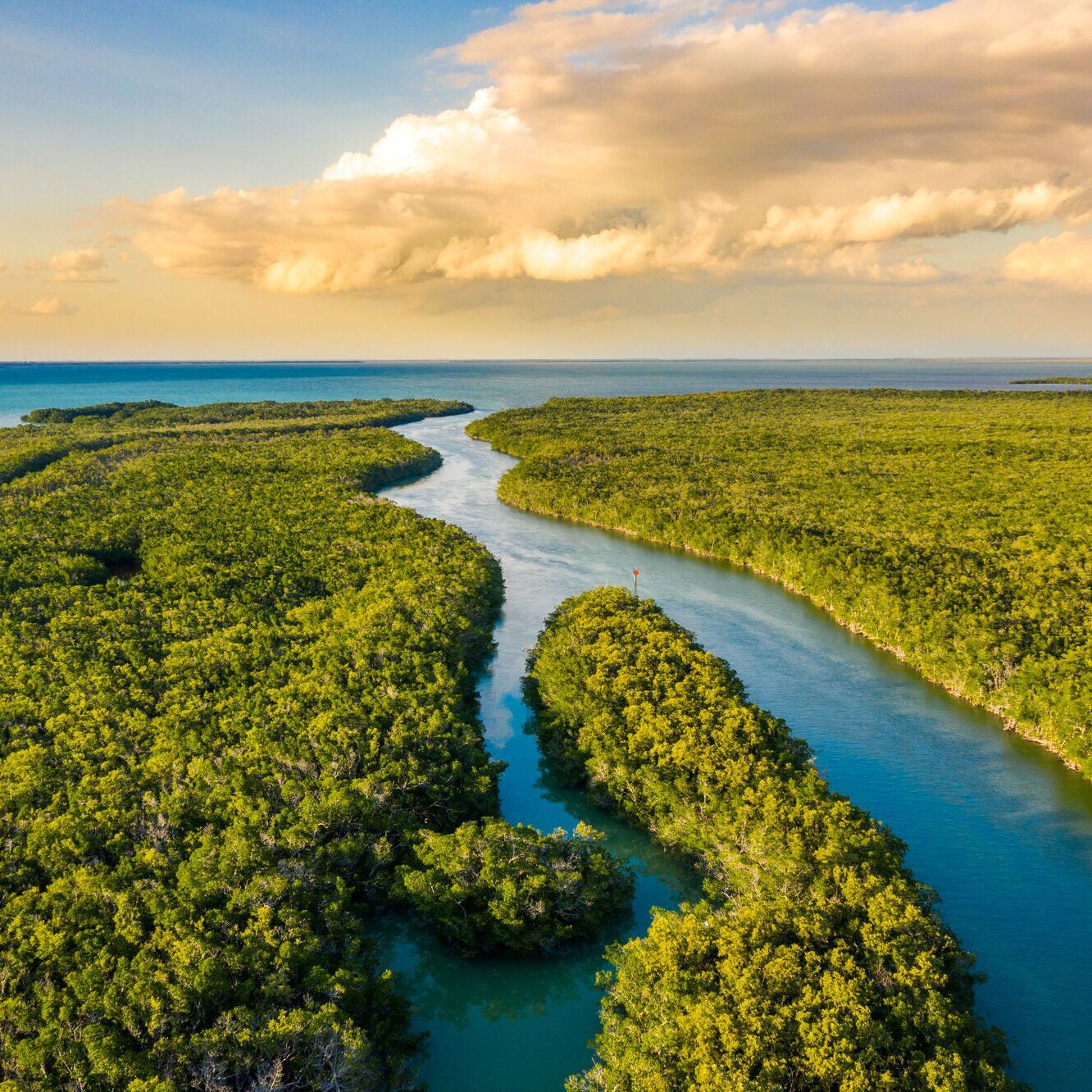





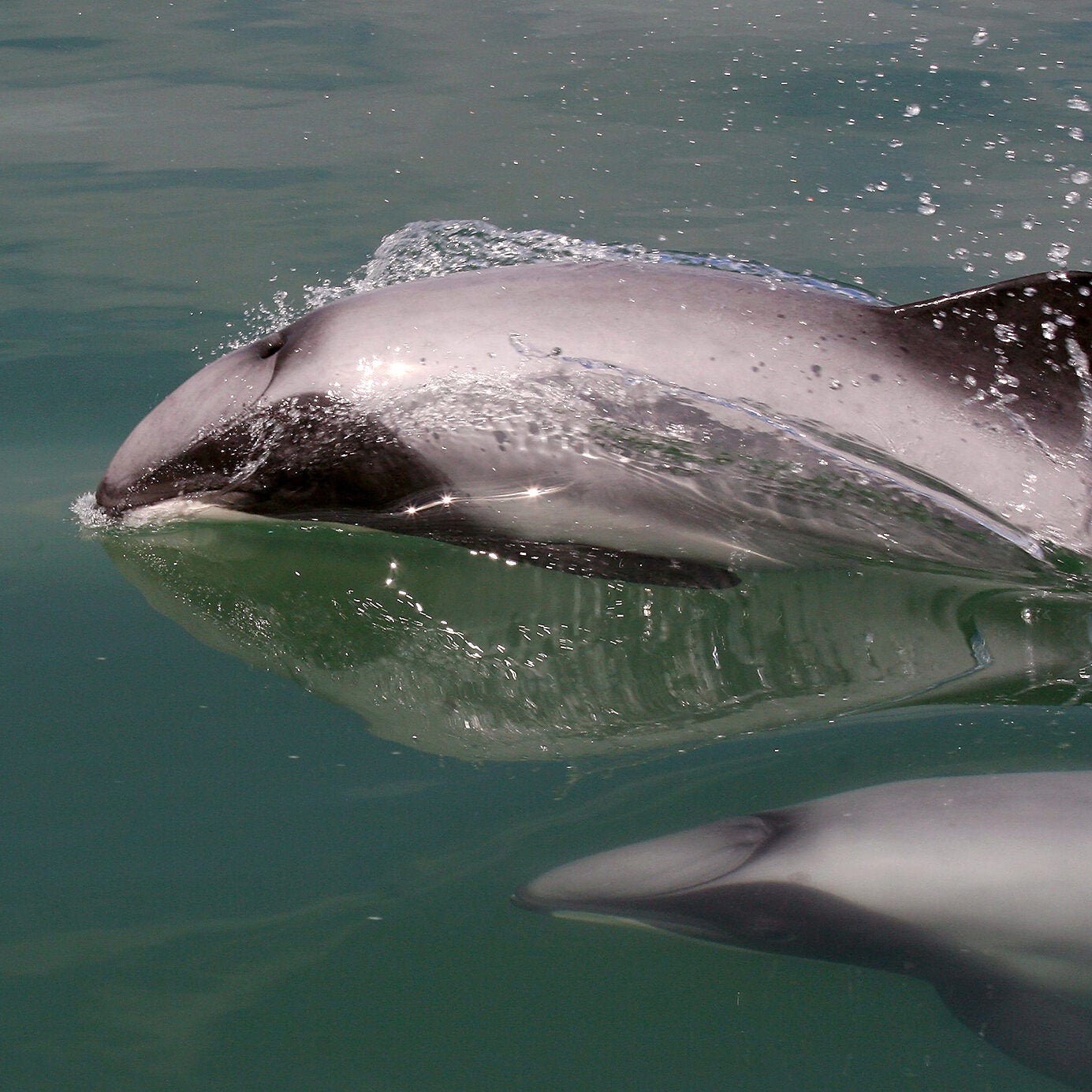



Safeguarding Critical Ecosystems
Earthjustice focuses on protecting ecosystems essential to sustaining greater ecological balance. In our era of mass extinction and habitat loss — the sixth our planet has experienced, but the first caused by humans — this work grows more urgent every day.
Defending the Western Arctic
In a series of recent moves, the Trump administration is opening most of the vast and precious Arctic ecosystem to drilling. In October 2025, the Interior Department announced it opened the entire 1.56 million acres of the Coastal Plain of the Arctic National Wildlife Refuge to oil and gas leasing. These lands, which are sacred to the Gwich’in Nation and home to irreplaceable wildlife, have never seen industrialization.
The administration’s agenda for the Arctic doesn’t end here. It aims to maximize drilling across the entire region: The Interior Department is currently requesting comments on which areas of the Western Arctic it should open to oil and gas development this winter while finalizing a repeal of protections for ecologically and culturally significant areas within the region.
These plans are unfolding as western Alaska residents deal with the devastating aftermath of the remnant storm of Typhoon Halong — the type of extreme weather event that is becoming more common as climate change advances. We can’t afford to hasten even more climate disaster by greenlighting more drilling.
Earthjustice has spent decades fighting in court to keep oil and gas interests from tearing up the Arctic, for the sake of the wildlife that can’t live elsewhere, the communities that have made their home here for generations, and an entire planet that can’t afford more climate pollution. We are ready to fight again.
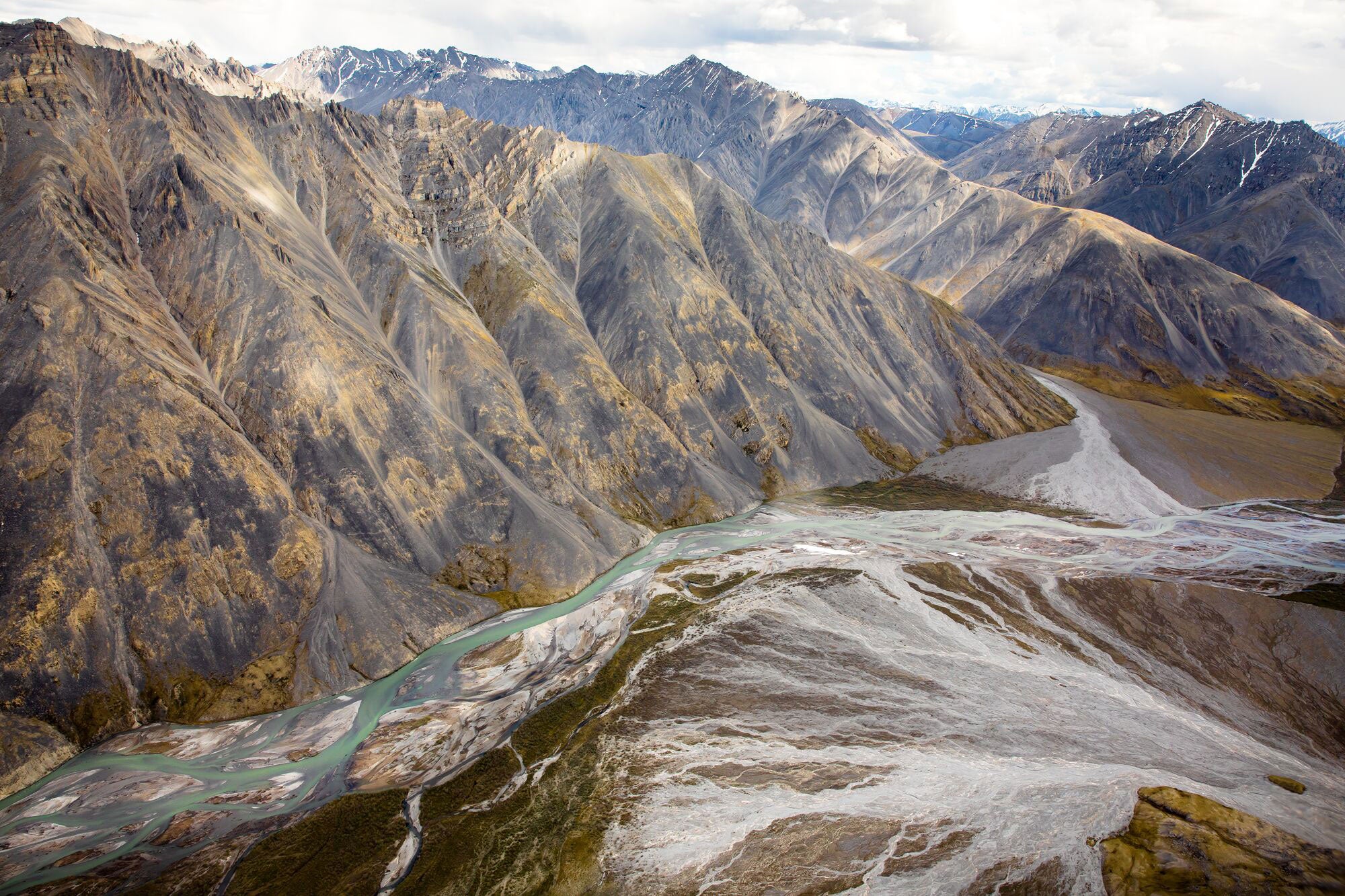
The Everglades immigration detention center
In a major win in August 2025, a court ordered the state of Florida and the Trump administration to halt construction, stop bringing new detainees, and wind down operations at the detention center cynically nicknamed “Alligator Alcatraz.” A month later, an appeals court issued a ruling to pause this order. The center, which has held more than a thousand people rounded up in the administration’s push for mass deportation, can continue with business as usual for now. But the facts and the law are on our side, and the fight is far from over.
The buildout of the detention center brought construction materials, roads, vehicles, and floodlights visible from 15 miles away to the Big Cypress National Preserve in the Greater Everglades. The Trump and Desantis administrations agreed to build the facility without undertaking any of the required environmental review or public input. This poses a serious threat to the sensitive ecosystem and endangered species such as the Florida panther, Florida bonneted bat, and wood stork, as well as other wildlife. On behalf of our tenacious client and alongside our partners, we will collectively continue to focus on defending these species and the irreplaceable Everglades.
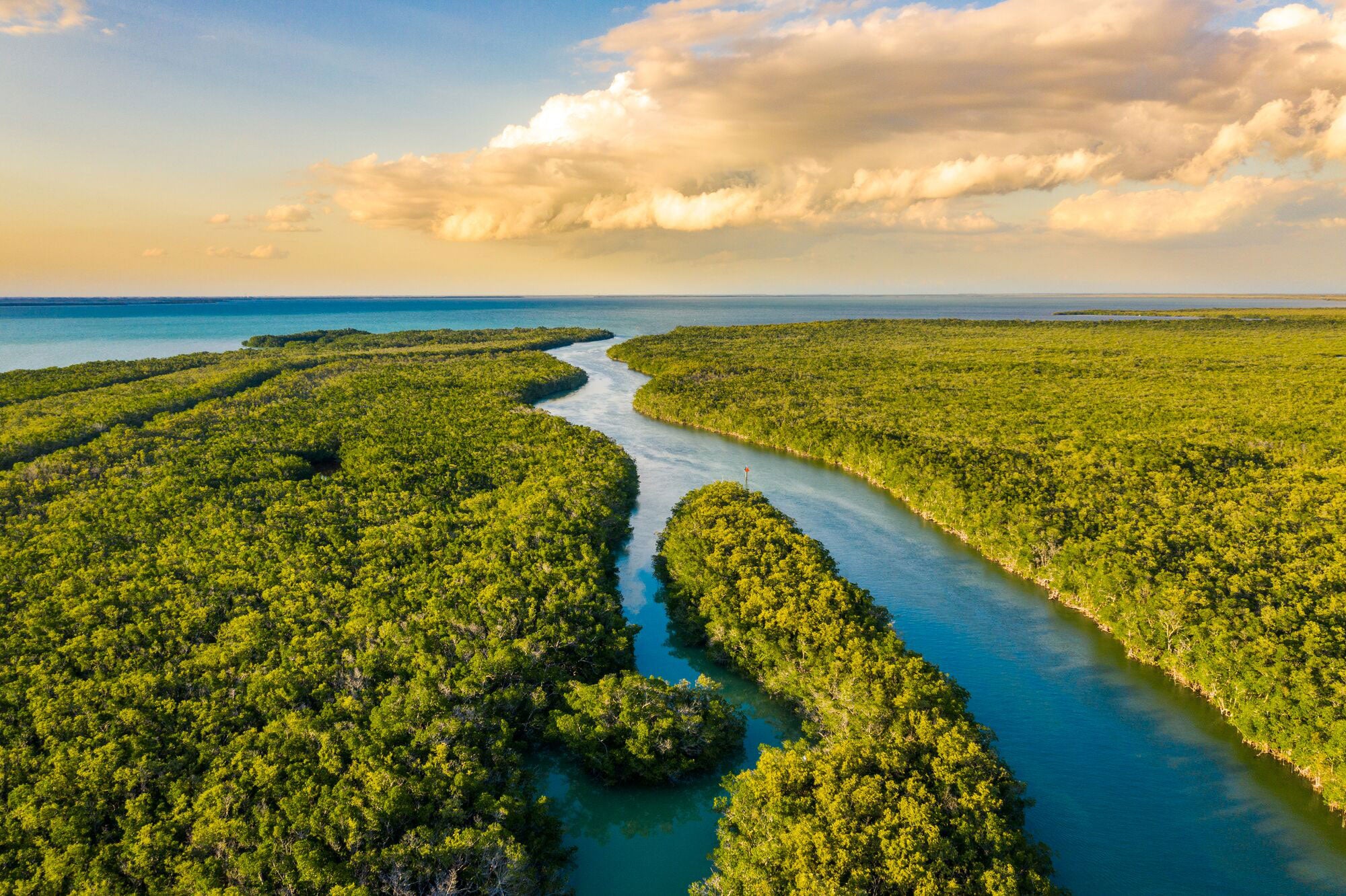
Pristine marine habitat
In August 2025, we secured another win against the Trump administration by protecting the Pacific Islands Heritage Marine National Monument. The monument is located south and southwest of Hawai‘i, and it holds cultural significance for Pacific Islanders. It’s also one of Earth’s most spectacular ocean ecosystems. Commercial fishing is prohibited in this federally protected area, as it would remove large numbers of marine life and wreak havoc on the ecosystem. In April, President Trump issued a proclamation to open the monument to commercial fishing, usurping Congress’ powers over federal lands. Following the proclamation, the National Marine Fisheries Service (NMFS) sent a letter to commercial fishing permit holders to give the green light for fishing in the monument. In doing so, the NMFS skipped over legal requirements to provide public notice and comment opportunities. We sued on behalf of our clients to challenge the proclamation and the NMFS letter. A federal court then declared the letter unlawful and nullified it. If the administration wants to attack the monument again, it must invest its limited time and energy into the rulemaking process, and we will be there at every turn. Our challenge to President Trump’s proclamation is also proceeding.

Ending the era of coal in the Northern Rockies
The Trump administration and its allies in Congress are doing all they can to prop up the struggling coal industry. The administration recently announced that it was opening 13.1 million acres of our national public lands to coal leasing. But even with subsidies from the administration and Congress, three recent lease sales in the Powder River Basin and Utah have fallen flat, illustrating the market’s continued shift away from coal.
The American people also don’t want to turn over our national public lands to industry. According to the 2025 Conservation in the West poll, Western voters want their members of Congress to prioritize conservation over energy development on our national public lands by the widest margin to date — a whopping 72%. Americans want our elected officials to protect our public lands for recreation opportunities, wildlife, and economic benefits for local communities.
Earthjustice has fought expansions of some of the country’s largest coal mines for years and will continue to protect communities against the Trump administration’s plans to authorize reckless new mining in the Northern Rockies region. Although the coal industry’s allies in Congress recently passed an unprecedented Congressional Review Act resolution to reopen the Powder River Basin to new coal leasing, we are continuing to challenge mine expansions at the Rosebud and Bull Mountains coal mines and will take on the administration whenever it tries to sell off more of our public lands. Thankfully, as the recent failed lease sales show, the market is already rejecting the Trump administration’s coal fantasy.
Wherever the Trump administration and its allies in Congress attempt to illegally turn back progress on coal, we will meet them in court. We have come too far on the fight for clean energy and regulations to protect our health and environment from coal pollution to turn back now.
The Great Salt Lake
In March 2025, we survived a storm of motions to dismiss in our Great Salt Lake public trust case. While not a complete victory — the judge has limited the relief we can pursue — it represents a rejection of the defendants’ attempt to exclude all waters from the public trust. The judge sided with us and concluded that the “public trust doctrine reflects a fundamental societal mandate to preserve navigable waters for future generations.” This ruling clears the way for us to proceed and prevent the desiccation of this irreplaceable feature of the American West and critical habitat for millions of migratory and resident birds. We are now proceeding into the discovery phase of the case where we will develop evidence proving the State’s breach of its trust obligation to protect the Lake.

A Future for All Species
Scientists predict nearly 40% of all species may face extinction by the end of this century if we continue our current rate of consumption. Earthjustice is working to prevent this by defending imperiled species, focusing especially on those for which conservation efforts also secure habitat for other vulnerable wildlife.
Grizzly bears
This year, Earthjustice made progress in our long-running effort to protect this keystone species: We won a court ruling barring Idaho from authorizing wolf trapping and snaring — which also threatens grizzlies — during grizzly bears’ non-denning periods. We won a challenge to a federal plan for the Flathead National Forest that would have allowed new roadbuilding in grizzly habitat. And, citing similar harms, we filed a lawsuit challenging increased roadbuilding in the Bitterroot National Forest. Safeguarding the Bitterroot provides an important pathway for connecting grizzlies in the Northern Continental Divide Ecosystem to the Greater Yellowstone Ecosystem. It also provides a gateway to the critically important, but mostly unoccupied, Bitterroot Grizzly Bear Recovery Zone.
The progress we’ve made has grown increasingly significant as the Trump administration moves to eliminate national roadless area protections and habitat protections under the Endangered Species Act (ESA), putting even more pressure on landscapes like the Flathead and the Bitterroot. And in July 2025, congressional Republicans introduced legislation to delist grizzly bears in the Greater Yellowstone Ecosystem and bar judicial review.
We have defended these laws before and are doing everything we can to do so again. Last year, Earthjustice and 15 partner groups petitioned the U.S. Fish and Wildlife Service to update its grizzly recovery plan to bridge isolated populations in their former Northern Rockies range. The petition makes a science-based argument that grizzly bears are not yet recovered and require ongoing ESA protections to ensure their survival. We will use this same evidence, along with legal arguments that build on our past victories, to challenge the agency’s expected plan to delist grizzly bears, which would eliminate protections against trophy hunting and other perils even if congressional rollbacks fail. Just as we have done before, we will pull out all the stops to preserve essential protections for grizzly bears.

Gray wolves return to Colorado
We continue to succeed in supporting the state’s voter-approved efforts to reintroduce the gray wolf to a landscape where it’s long been missing. In January 2025, our work helped convince the Colorado Parks and Wildlife Commission to reject a livestock industry petition to pause restoration measures for gray wolves. And in July 2025, we saw promising signs from our efforts when the Colorado Parks and Wildlife’s wolf reintroduction team released video of wolf pups from the King Mountain pack in Routt County, one of four packs created by wolves reintroduced to Colorado. We also continue to defend against an anti-wolf lawsuit that remains pending and ripe for a decision in Colorado federal district court.

A gray wolf runs after being released on public lands by the Colorado Parks and Wildlife Commission on December 19, 2023. (Jerry Neal / CPW)

Wolf pups return to Colorado taken during the summer of 2025. (Courtesy of Colorado Parks and Wildlife)
A gray wolf runs after being released on public lands by the Colorado Parks and Wildlife Commission on December 19, 2023. (Jerry Neal / CPW)
Remote camera video of wolf pups taken during the summer of 2025. (Courtesy of Colorado Parks and Wildlife)
Biodiversity beyond U.S. borders
Groups of African Penguins getting out of the ocean at Boulders Beach in Simon's Town, South Africa. (jacobeukman / Getty Images)

Māui dolphins photographed in New Zealand during a 2010 survey. (New Zealand Department of Conservation)
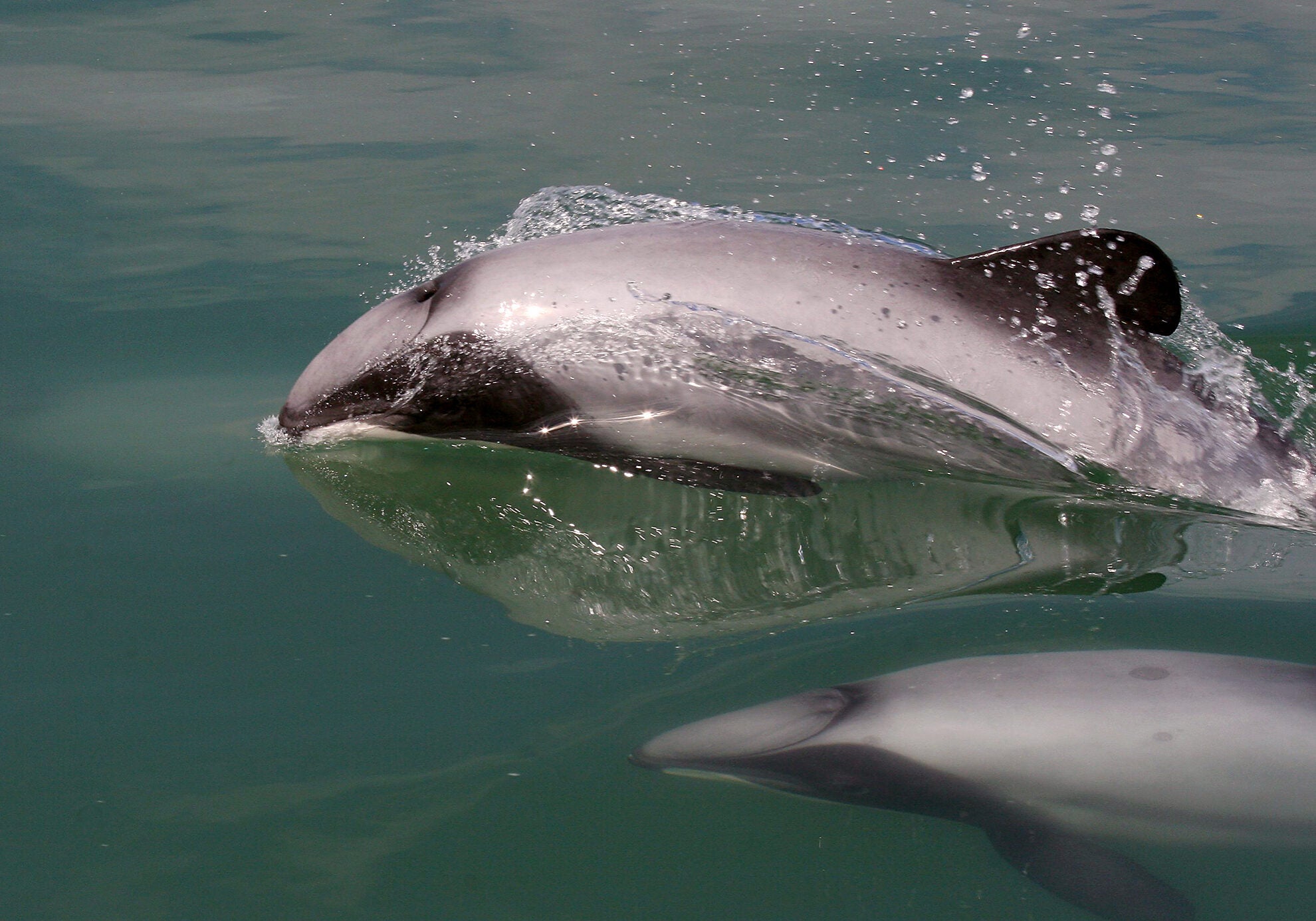
Groups of African Penguins getting out of the ocean at Boulders Beach in Simon's Town, South Africa. (jacobeukman / Getty Images)
Māui dolphins photographed in New Zealand during a 2010 survey. (New Zealand Department of Conservation)
Shielding pollinators from pesticides
Pesticide overuse is driving declines in insect pollinator populations globally, posing a threat to human food systems, terrestrial food webs, and global biodiversity. Despite this, the EPA’s current testing requirements for pesticide manufacturers allow pesticides harmful to thousands of insect species to go to market without adequate testing.
Earthjustice is working to decrease the use of the systemic insecticides and herbicides that cause the most harm to biodiversity. On behalf of the Xerces Society for Invertebrate Conservation, Earthjustice has petitioned the EPA to improve its regulatory processes by considering impacts to the vast array of native pollinators that face harm from overuse of insecticides and herbicides. This includes the Monarch butterfly, which has been proposed for the ESA threatened-species list and is at risk of extinction due in large part to pesticide use in the Midwest.

Defending the Florida Scrub-Jay and the law that protects it
We are defending the constitutionality of the ESA in the context of a lawsuit challenging critical protections for the imperiled Florida Scrub-Jay. Because this fight concerns the legal validity of the ESA itself, victory here will be crucial for protecting both the charismatic Scrub-Jay and so many other species with limited ranges.
The Florida Scrub-Jay, listed as a federally threatened species, is the only bird species found exclusively in the state of Florida. The suit we’re defending against claims that the ESA cannot protect any species found only in one state because Congress’ constitutional authority to enact laws only applies to issues that affect interstate commerce. It argues that since the Scrub-Jay is found only in Florida, federal protections should not apply. If left unchallenged, this legal theory could impact hundreds of other imperiled species found in just one state, including the Florida Panther and Hawai‘i’s many imperiled endemic species. Most imperiled species in the U.S. exist in only a single state. If, as this lawsuit claims, those species can’t be protected under the ESA, many will be lost forever.
In May, Earthjustice submitted testimony from birders, birding tour guides, the head of a world-renowned scientific field research facility, and an expert who analyzed eBird data, attesting to the ways that the Florida Scrub-Jay spurs interstate commerce in wildlife tourism and scientific study. We will carry on fighting to ensure that the courts continue to recognize a strong federal authority to protect wildlife from extinction.

Pacific Northwest Salmon
Earthjustice and our tribal and community partners have fought together for decades to fend off threats to this keystone species, knowing that to lose salmon is to lose an indispensable part of primary ecosystems in the Northwest — and to threaten the deep cultural connections of our Indigenous partners to the species.
This includes our effort to restore salmon to the Columbia River watershed.
For more than 25 years, Earthjustice and our partners have sought to remove four dams on the lower Snake River and achieve a comprehensive plan to save salmon from extinction.
Following a historic December 2023 agreement with the federal government, states, tribes, and conservation and fishing groups, we agreed to a long term pause in our litigation.
But with the Trump administration unilaterally withdrawing from the agreement, we are back in federal court seeking an order that requires the federal agencies that operate the Columbia and Snake river dams to increase the amount of water that passes through the dam spillways, decrease reservoir elevations so that water moves through them more quickly, and take other emergency conservation measures.
The relationships and trust built between our partners — the states of Oregon and Washington and the Nez Perce, Yakama, Warm Springs, and Umatilla tribes — are stronger than ever. And we are forging ahead to secure an abundant future for salmon.

Defending Bedrock Environmental Laws
The Trump administration is once again attempting to strip vital safeguards for species and their habitats, including rollbacks to ESA regulations, the Roadless Rule, and Clean Water Act protections. Earthjustice has long defended and worked to strengthen these essential federal protections, and we’re on the case again.
The Endangered Species Act
The ESA is one of our most powerful tools to address the biodiversity crisis. In April, the administration proposed a rule that would repeal the ESA’s regulatory protections for endangered species’ habitat. Even with the incredible success of the ESA, over 90% of listed species remain threatened by human-caused habitat destruction — making the case for habitat protection under the ESA even stronger over the years, with mountains of scientific evidence linking habitat and species’ survival. During the first Trump administration, we went to court to defend the ESA from efforts to undermine it. We’re back in court again to ensure the ESA remains a razor-sharp tool to halt the destruction of habitat and loss of species. Our litigation challenging the compromised rules in federal district court will continue through the coming year. Meanwhile, our communications experts have been hard at work mobilizing public support: With a concerted media push and accompanying action alert, Earthjustice played a key role in generating over 150,000 comments in opposition to a proposed rule by the Trump administration that attempts to eliminate major habitat protections for threatened and endangered species.
The Roadless Rule and federal forest protections
In March, President Trump issued an executive order to ramp up logging across the national forest system, enabled in part by eroding ESA and Clean Water Act protections, and the administration is also attempting to roll back the Roadless Rule. The Roadless Rule is the most important land and forest protection measure of our lifetime — protecting 45 million acres of unfragmented, pristine national forest lands from damaging logging and roadbuilding. Since its passage, the Roadless Rule has faced attacks from logging and resource extraction interests and political forces. With each challenge, Earthjustice stepped in to vigorously defend the rule — in response to this latest attempt to strip protections, we helped generate at least 500,000 public comments and petition sign-ons opposed to rollbacks of the Roadless Rule. The proposed rollbacks could dramatically increase logging and other destructive development. We are working to preserve protections for federal forests nationwide, and when the administration finalizes plans that violate the law and put wildlife and habitats at risk, we will be ready to challenge them.
The Clean Water Act
One of the most popular environmental laws in U.S. history, the Clean Water Act has contributed to slow but steady progress in cleaning up our nation’s waterways. In May, the EPA announced its intention to issue rules that will exclude various wetlands and streams from clean water protections, reinforcing the Supreme Court’s Sackett v. EPA decision that stripped protections from more than half of the country’s wetlands and millions of miles of smaller streams. Earthjustice is engaged in targeted strategic litigation and innovative state initiatives to defend clean water, including ongoing litigation to protect the rights of tribes and states to protect their waters.
A Thriving World Still Within Reach
No matter what happens over the next four years, one thing is certain: Earthjustice is ceding no ground in the fight for our web of life. Thank you for joining us.